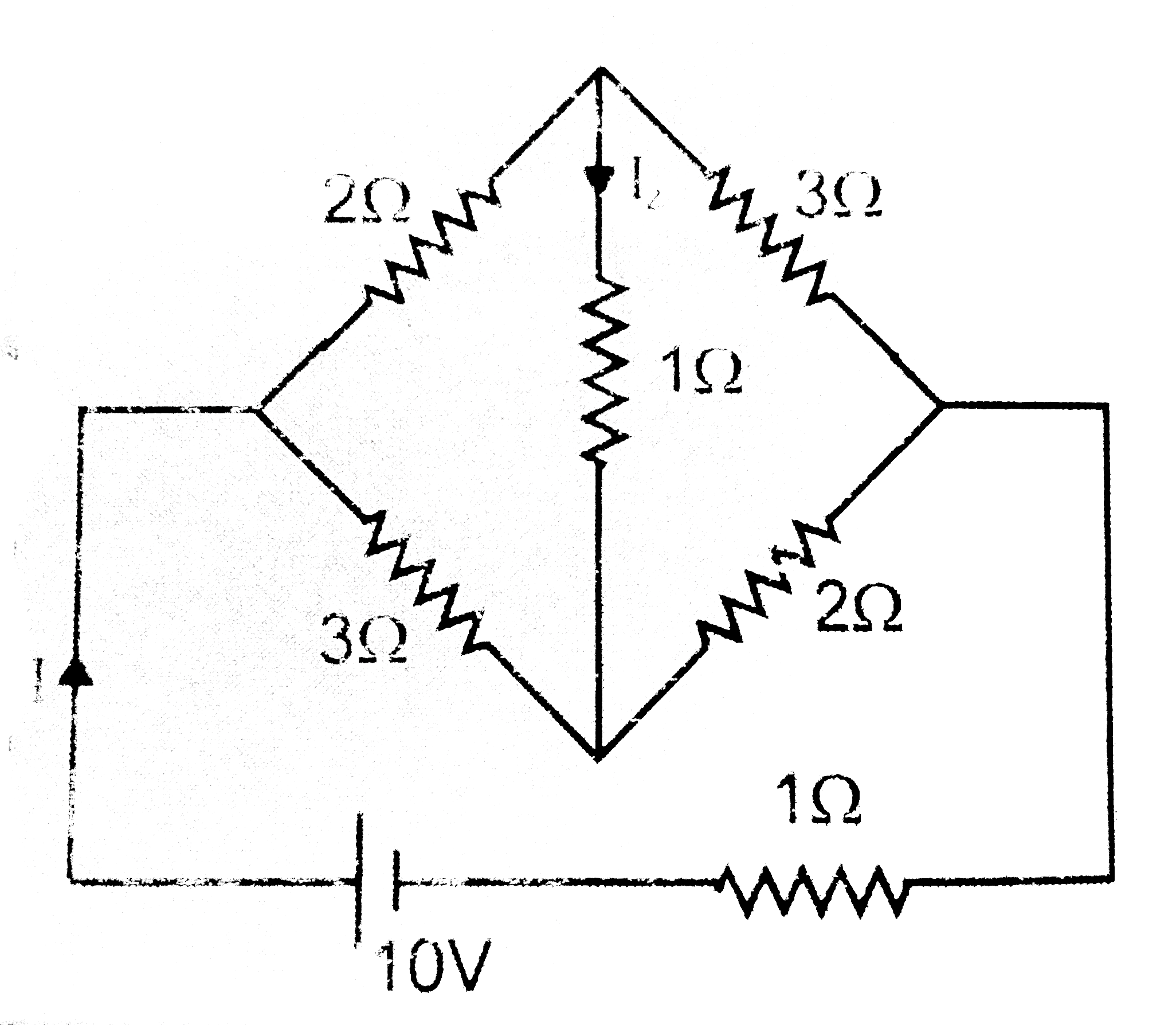The blocks shown in figure have equal masses. The surface of A is smooth but that of B has a friction coefficient of 0.10 with the floor. Block A is moving at a speed of 10 m/s towards B which is kept at rest. Find the distance travelled by B if a. the collision is perfectly elastic and b. the collision is perfectly inelastic. Take g=10ms2.

V1=10ms
V2=0
v1,v2→ velcity of A and B after collision a. if the collision is perfectly elastic
mV1+mV2=Mv1+mv2
→10+0=v1+v2
v1+v2=10…..i
Again v1+v2=−(u1−v2)
=−(10.0)=−10…ii
Substracting ii frm ii
2v2=20
→v2=10ms
the deceleration of B
pu∈gworke≠rgypr∈cip≤<br>:.(1/2)xxmxx(0)^2-91/2)xxmxxv^2<br>=-mxxaxxh<br>rarr -(1/2)xx (10)^2=-mugxxh
→h=1002×1×10=50m
b. if the collision is perfectly in elastic
m×u1+m×u2=(m+m)×v
→m×10+m×0=2m×v
→v=(102)=5ms
The two blocks will move together sticking to each other
∴Pu∈gworke≠rgypr∈cip≤<br>(1/2)xx2mxx(0)^2xx2mxx(v)^2<br>=2mxxmugxxs<br>rarr ((5)^2)/(0.1xx10xx2)=S<br>=S=12.5m
Topper's Solved these Questions
- CENTRE OF MASS, LINEAR MOMENTUM, COLLISIONBook:HC VERMAChapter:CENTRE OF MASS, LINEAR MOMENTUM, COLLISIONExercise:Objective 2
Explore 11 Videos
- CALORIMETRYBook:HC VERMAChapter:CALORIMETRYExercise:Exercises
Explore 18 Videos
- CIRCULAR MOTIONBook:HC VERMAChapter:CIRCULAR MOTIONExercise:Exercises
Explore 30 Videos
Similar Questions
In the previous problem another block C of mass m is placed at distance 1m right of block B. Find (a) the distance travelled by the combined mass if the collision is completely inelastic and (b) separation between the blocks when they stop after head - on elastic collision.
View SolutionThe friction coefficient between the horizontal surface and each of the block shown in the figure is 0.2. The collision between the blocks is perfectly elastic. Find the separation between them when they come to rest. (Take g=10m/s2).

View Solution
Knowledge Check
A system is shown in the figure. Block A is moving with 1m/s towards left. Wedge is moving with 1m/s towards right. Then speed of the block B will be :
 A1m/sB2m/sC√3m/sDnone of these
A1m/sB2m/sC√3m/sDnone of theseTwo steel balls A and B of mass 10 kg and 10 g rolls towards each other with 5m/s and 1 m/s respectively on a smooth floor. After collision, with what speed B moves [perfectly elastic collision]?
A8 m/sB10 m/sC11 m/sDZeroTwo steel balls A and B of mass 10 kg and 10 g rolls towards each other with 5 m/s and 1 m/s respectively on a smooth floor. After collision, with what speed B moves (perfectly elastic collision)?
A8msB10msC11msDZero
Two particles each of mass m moving with equal speed 2m/s along the indicated direction in the figure undergo a perfectly inelastic collision.Velocity of combined system after collision is ?
View SolutionThe friction coefficient between the horizontal surface and each of the blocks shown in figure is 0.20. The collision between the blocks is perfectly elastic. Find the separation between the two blocks when they come to rest. Take g=10ms2.

View SolutionThree blocks A, B and C are lying on a smooth horizontal surface, as shown in the figure. A and B have equal masses, m while C has mass M. Block A is given an inita speed v towards B due to which it collides with B perfectly inelastically. The combined mass collides with C, also perfectly inelastically 56th of the initial kinetic energy is lost in whole process. What is balue of M//M?

View SolutionThe friction coefficient between the horizontal surface and blocks A and B are 115 and 215 respectively. The collision between the blocks is perfectly elastic. Find the separation (in meters) between the two blcoks when they come to rest.

View SolutionA buttle weighting 10 g and moving with a velocity 800ms−1 strikes a 10 kg block resting on a frictionless surface. The speed of the block after the perfectly inelastic collision is approximately
View Solution

